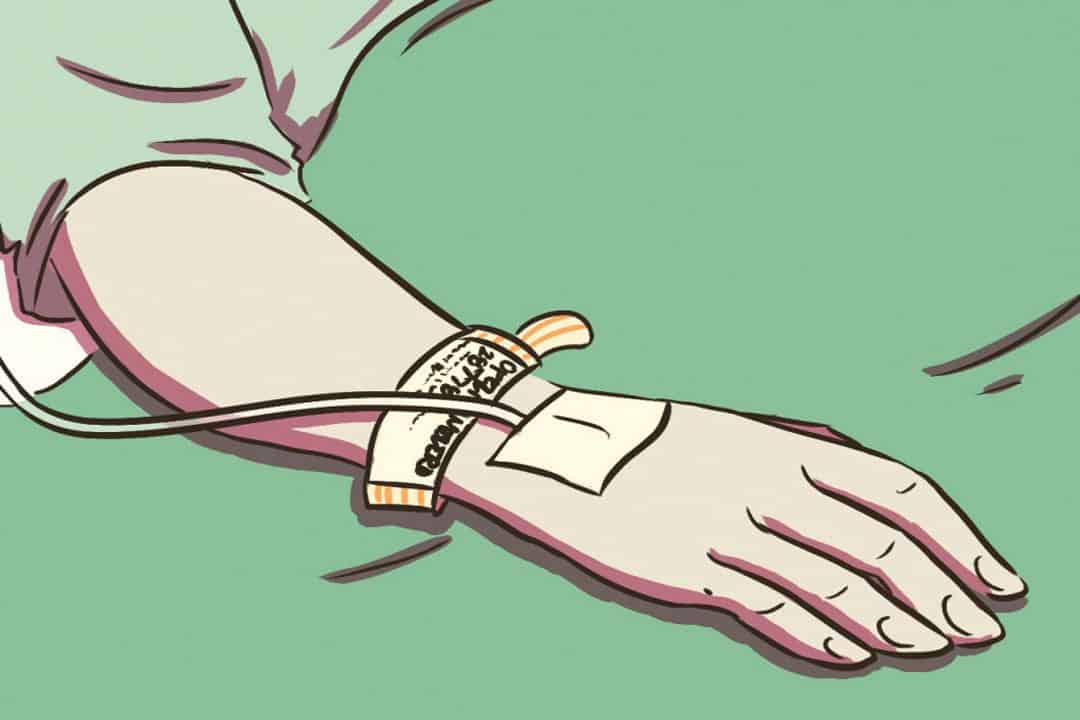One day after returning from a three-month trip to Wuhan, China, a 56-year-old man arrived at the emergency department of the Sunnybrook Health Sciences Centre in Toronto with a fever and dry cough.
According to University of Toronto-affiliated researchers, who reported on the case in a research paper, that patient is believed to be the first case of coronavirus in Canada. To learn more about how the medical staff reacted, The Varsity interviewed co-author Dr. Jerome Leis, an associate professor at U of T’s Department of Medicine and a physician at Sunnybrook Health Sciences Centre.
The coronavirus, which has also been called 2019-nCoV and COVID-19, was first reported in Wuhan in December 2019. As of February 22, there are 78,672 confirmed cases of the virus worldwide, with nine cases in Canada and only three confirmed cases in Ontario. There has yet to be a death in Canada.
For the first confirmed case in Toronto, a chest X-ray showed evidence of viral pneumonia. When combined with the patient’s travel history, this made him a strong candidate for the coronavirus. However, medical staff still needed a test to confirm the diagnosis.
As Leis explained, “At the time, the provincial lab was still in the process of validating the diagnostic testing for this new virus.”
“We submitted the appropriate specimens right away,” he continued, “[and] the provincial lab came through right on time to be able to confirm this as the first presumptive case in Canada.” The National Microbiology Laboratory of Canada later confirmed the results.
Initial findings raise concern, which later faded
There were two things about the patient that stood out to physicians. First, he had mild thrombocytopenia — a low platelet count in the blood — which only a minority of cases had. This was worrying for the patient, who did have mild thrombocytopenia.
“[Thrombocytopenia] can be associated with more severe forms of infection – which led us to be concerned when this patient presented,” wrote Leis.
“Since [studying this patient], there is [increasing] data suggesting that the low platelet count seen in some patients with COVID-19 does not appear to predict more severe disease whereas low lymphocyte count is more predictive. This goes to show that we are still learning about this infection one case at a time.”
After one day, the patient also developed blood in his phlegm. “Some early reports noted that COVID-19 can cause blood in a patient’s phlegm… so we thought this might be significant. In the end, this symptom resolved quickly.”
Home care sufficient treatment once symptoms abate
In the end, the patient recovered on his own in hospital, and was discharged five days after intake, when his symptoms normalized. He was then put under home isolation with a nurse checking on him.
As the majority of the cases for the coronavirus are mild, home isolation could both curtail the spread of infection and avoid wasting precious health care resources. According to the World Health Organization (WHO), hospitalization may not be required unless there is concern for rapid deterioration of health.
Currently, there is no recommended medicine to prevent or treat the coronavirus. However, “those with severe illness receive optimized supportive care,” noted the WHO. For example, if patients experience trouble breathing, medical staff may provide supplemental oxygen or intubation, which is an insertion of a tube down a patient’s mouth into the airway.
However, how can we know if there is a need for medical intervention or not? As Leis wrote, “We are hoping that future studies will derive and validate predictive scores that might be used for this purpose rather than relying on clinical judgement alone.”


